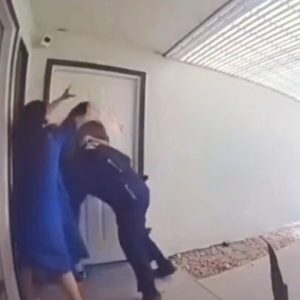A brutal attack inside California’s Corcoran State Prison has raised serious questions about inmate safety and the state’s prison system.
On March 9, 2019, 44-year-old Luis Romero was found badly injured in his cell. Authorities allege his cellmate, Jaime Osuna—a convicted murderer with a history of violence—was responsible. Romero suffered devastating injuries, and prosecutors described the case as one of the most disturbing examples of inmate violence they had ever seen.

Osuna, already serving life without parole for the 2011 murder of Yvette Peña, now faces new charges including torture and assault with a deadly weapon. His history of violent behavior, combined with past mental health concerns, has left many wondering whether the prison system failed to recognize the risks of housing him with another inmate.
The incident has sparked investigations into security lapses, staff oversight, and whether warning signs were missed. Critics argue the case highlights broader problems in U.S. prisons: overcrowding, poor monitoring, and lack of mental health care for dangerous inmates.
Experts say real reform requires more than security cameras and stricter rules. Stronger mental health services, better rehabilitation programs, and consistent oversight are critical to preventing future tragedies.
The attack on Romero is now fueling national discussions about prison reform—reminding the public that behind the walls of high-security facilities, safety is not guaranteed.





